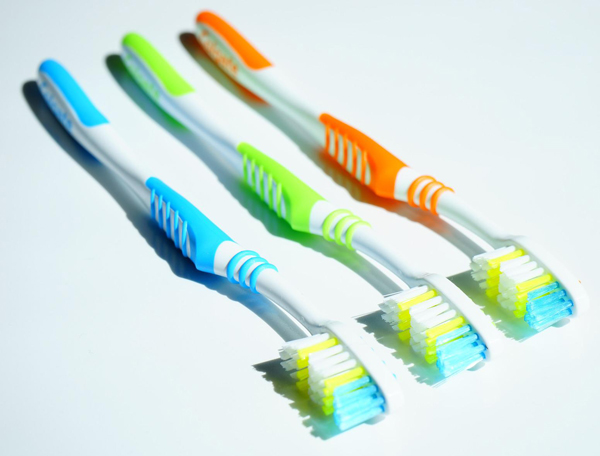
The next time you brush your teeth with a humble non-electric toothbrush, take a closer look at the handle. With a quick first glance, you may only see that another colour plastic has been incorporated into the product, but take a second, closer inspection and you might realise that the plastic not only looks unalike, but feels distinct too. This is a result of using the manufacturing process of overmoulding.
Essentially used instead of gluing or screwing materials together, overmoulding involves creating an injection moulded part that permanently layers materials, so eliminates steps that would otherwise be needed to be undertaken during the manufacturing process. It therefore contributes to reducing the time required to develop a product and bring it to the marketplace. Overmoulding is regularly used to manufacture parts or sub sections of parts and prototypes, including many handheld medical devices. However, a common use for this application is the production of more well-known everyday consumer products such as toothbrush handles, and manual shaving razors.
As with all injection moulded parts, the initial substance is injected into a mould, but with overmoulding, once allowed to cool, it is then placed into a further mould in order to add an additional material on top of the original. It is usually, but not limited to, a two-step process, with the first substance likely being more rigid than the second. Suitable material combinations regularly used that add both strength and durability are plastic over plastic, rubber over plastic, plastic over metal, rubber over metal.
It all sounds fairly straightforward, doesn’t it? I don’t really want to go over the top, however, it is important to acknowledge that overmoulding is really a rather complex process and there are of course a number of limitations and compatibility issues to contemplate. As well as possible material shrinkage, warped parts or problems with adhesion. That’s why it is important to employ a tool designer who is deemed to be a specialist in plastic part design for injection moulding.
Like what you read? Please give us a like/thumbs up/follow us, so that you are kept up to date with future #SanstecStories and also get in touch, to ask us questions or suggest content or/and particularly to discuss how we can best support you.

